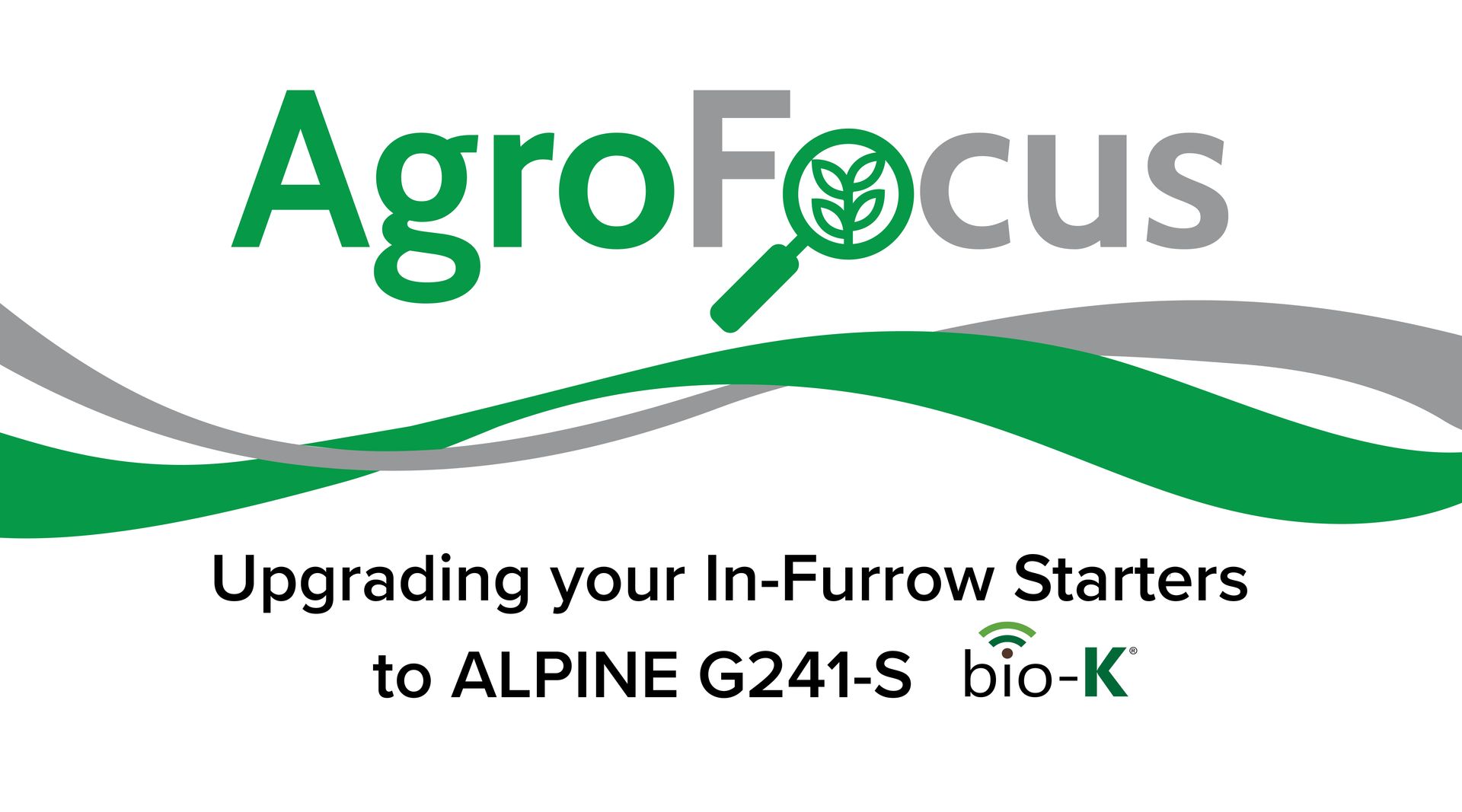Obtaining Maximum Potato Productivity
In light of various environmental stresses (biotic, abiotic, etc.) which currently affect plant growth and development during the growing season, it remains very difficult to reach the maximum genetic yield potential of a potato crop. Not only that, but it is a continual balancing act between not only yield, but also with quality components such as size, grade, and specific gravity/total solids. One such practice that will always remain under the control of the potato grower is the proper use (source, timing, rate, and placement) of fertilizer to the growing crop. Potatoes utilize a large amount of nutrients throughout the growing season. This includes both primary and secondary nutrients, as well as micronutrients. Based on years of plant research and confirmation by current agronomic practices, we know the nutrient requirement of a potato plant (a function of yield) as well as the associated uptake rate of each plant nutrient. Growers must also consider the solubility, availability, salt index, and operative efficiency which exists with all the various plant fertility sources. In other words, not all fertility choices are created equal. This is especially true when considering the appropriate potash source to use and at what growth stage it should be utilized. Knowing these details regarding potassium fertility will help guide a grower’s strategy in obtaining maximum potato productivity.www.nachurs.com/potatoes

In light of various environmental stresses (biotic, abiotic, etc.) which currently affect plant growth and development during the growing season, it remains very difficult to reach the maximum genetic yield potential of a potato crop. Not only that, but it is a continual balancing act between not only yield, but also with quality components such as size, grade, and specific gravity/total solids. One such practice that will always remain under the control of the potato grower is the proper use (source, timing, rate, and placement) of fertilizer to the growing crop. Potatoes utilize a large amount of nutrients throughout the growing season. This includes both primary and secondary nutrients, as well as micronutrients. Based on years of plant research and confirmation by current agronomic practices, we know the nutrient requirement of a potato plant (a function of yield) as well as the associated uptake rate of each plant nutrient. Growers must also consider the solubility, availability, salt index, and operative efficiency which exists with all the various plant fertility sources. In other words, not all fertility choices are created equal. This is especially true when considering the appropriate potash source to use and at what growth stage it should be utilized. Knowing these details regarding potassium fertility will help guide a grower’s strategy in obtaining maximum potato productivity.
www.nachurs.com/potatoes










